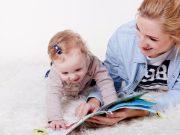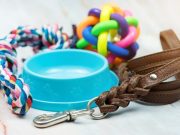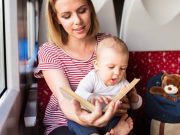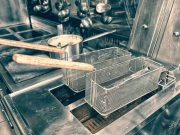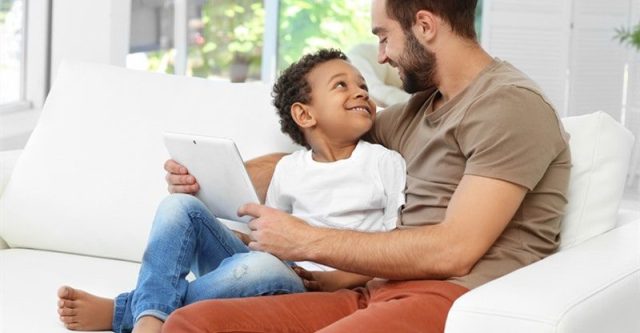Becoming a Foster Parent: Your Essential Checklist
Foster parenting is a deeply rewarding experience, but it also requires careful preparation. Your main role is to offer a stable, caring home for a child who can’t live with their birth family—whether temporarily or long-term.
If you’re in the process of becoming a foster parent (or thinking about it), one of the first steps is gathering everything you’ll need to make the child feel safe and welcome. Below is a practical checklist to help you prepare. Keep in mind that every child is different, so you may need to adjust based on their specific needs.
Safety & Health Essentials
Your top priority is keeping the child safe and healthy. Here’s what you’ll need:
- Fire safety: Install smoke detectors and keep a fire extinguisher in an accessible spot. Test alarms regularly.
- First-aid kit: Stock up on bandages, antiseptic, and other basics for minor injuries.
- Childproofing supplies: Depending on the child’s age, you may need stair gates, outlet covers, and cabinet locks.
- Car seat/booster seat: If required, get one that fits the child’s age, height, and weight.
- Basic medications: Keep child-safe pain relievers and allergy medicine on hand.
Clothing & Personal Care
You can always buy more later, but start with these basics:
- Clothing: A few comfortable outfits, underwear, and seasonal items (like a warm coat).
- Nappies & wipes: If fostering a baby or toddler.
- Toiletries: Gentle shampoo, soap, and a toothbrush with kid-friendly toothpaste.
- Towels: Dedicated ones just for the child.
Bedroom & Home Setup
Create a cozy, personal space for them with:
- A comfortable bed: Crib for babies, twin bed for older kids, etc.
- Storage: A wardrobe, drawers, or bins for their belongings.
- Study area: A desk and chair for school-aged children.
- Toys & books: Start with a few and add more as you learn their interests.
- Nightlight: Helps ease bedtime fears.
Emotional & Developmental Support
Many foster children have faced trauma. These items can help them adjust:
- Journal or art supplies: Encourages self-expression.
- Games & puzzles: Fun ways to relax and bond.
- Cultural items: If the child is from a different background, include books or decor that reflect their heritage.
- Sensory tools: Weighted blankets, fidget toys, or noise-canceling headphones can be soothing.
Final Preparations
Before the child arrives:
- Childproof hazardous areas (stairs, sharp corners).
- Stock up on daily essentials.
- Set up their bedroom to feel welcoming.
- Discuss house rules with family members.
- Stay in touch with social workers for guidance.
Fostering is a big responsibility, but with the right preparation, you can make a lasting difference in a child’s life.



